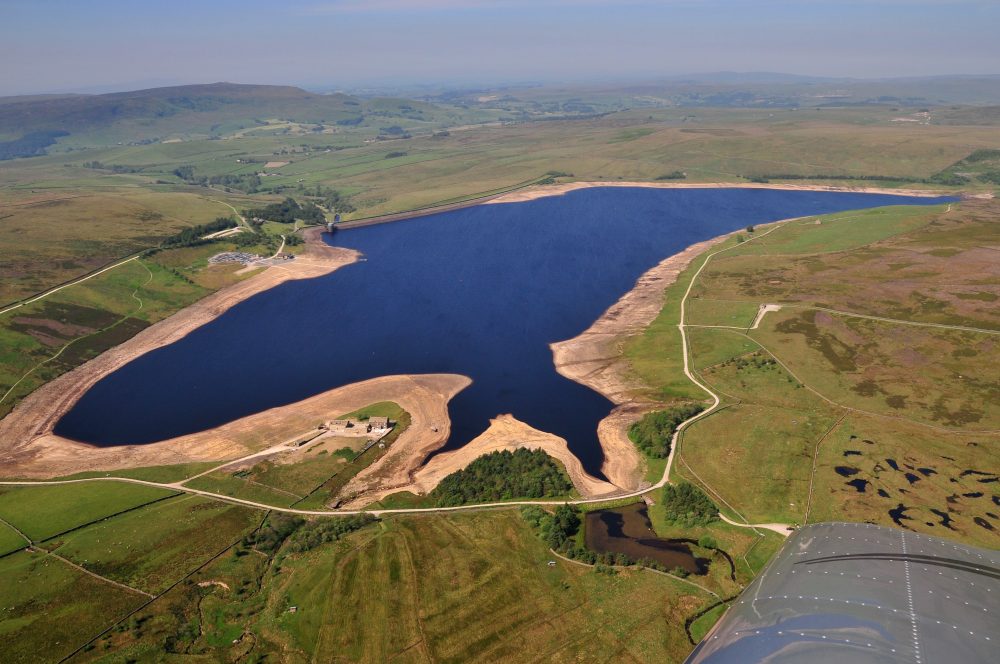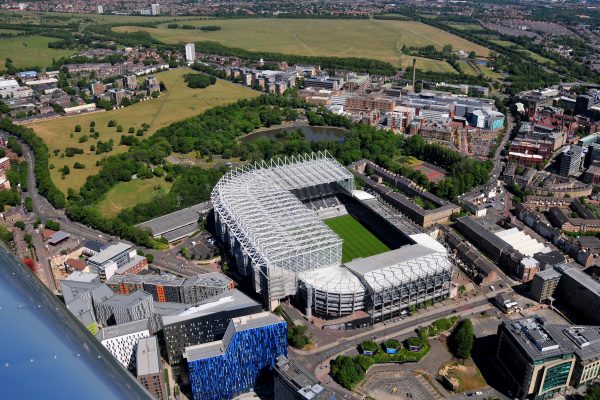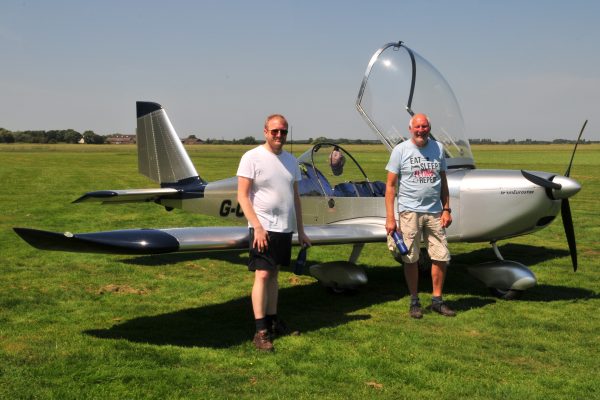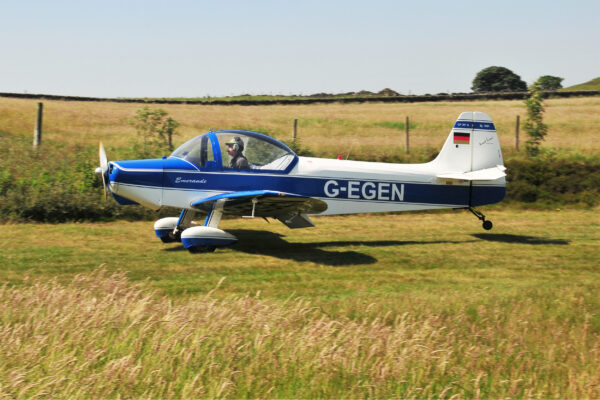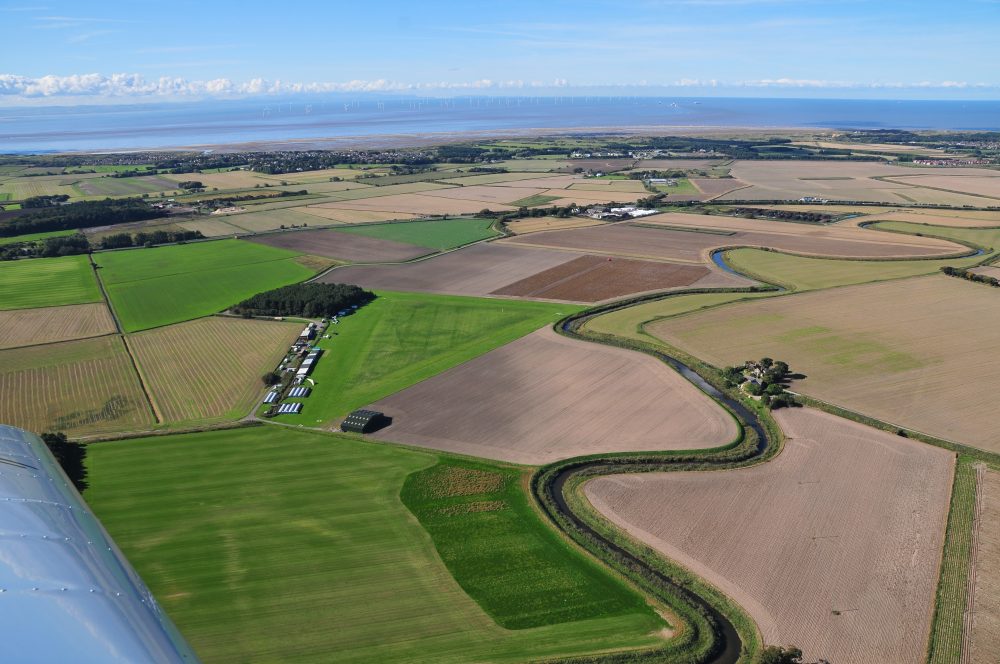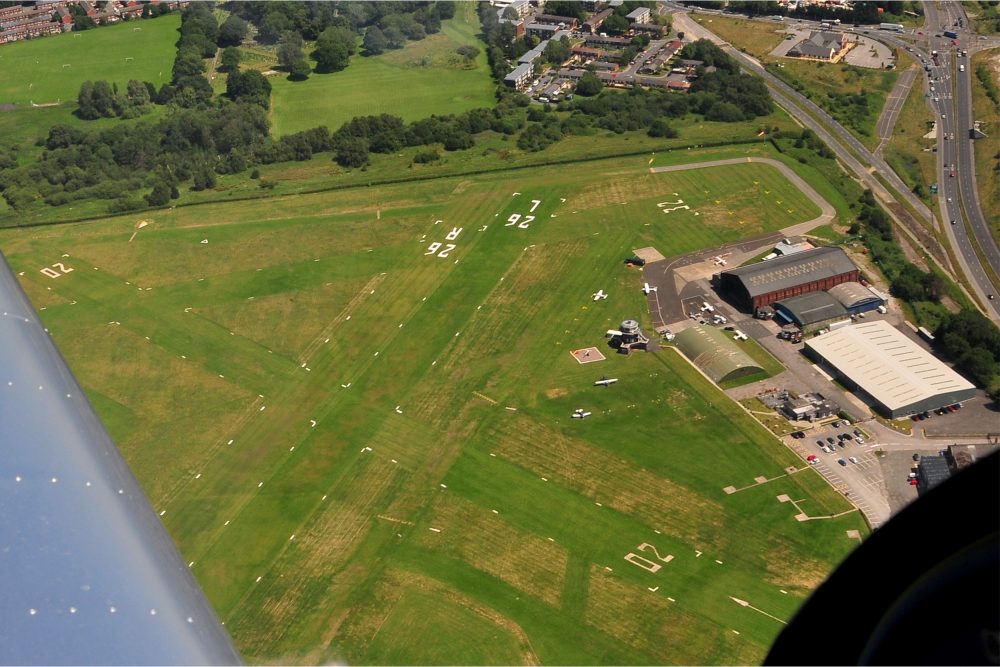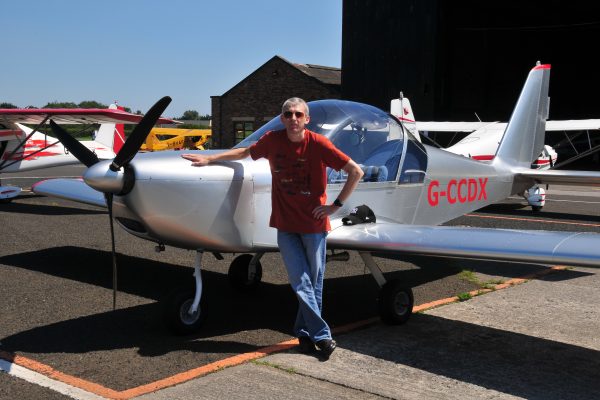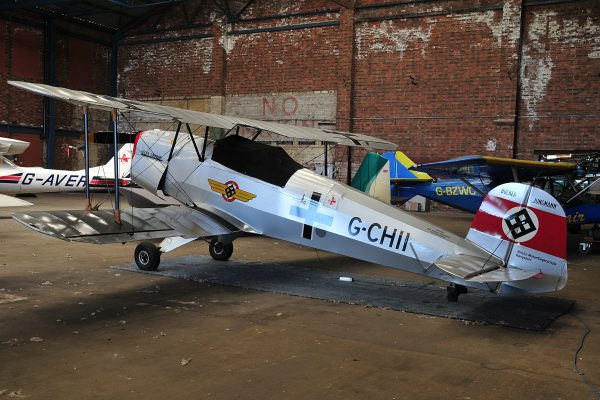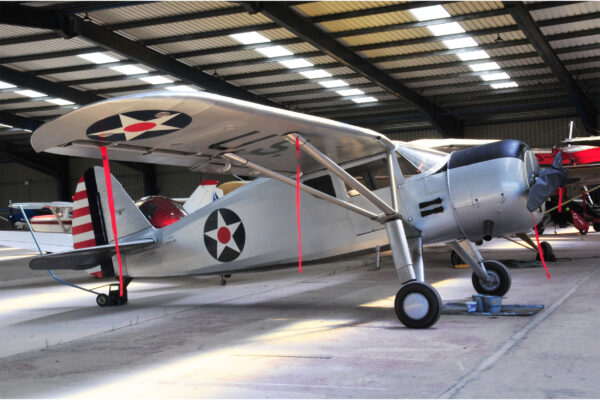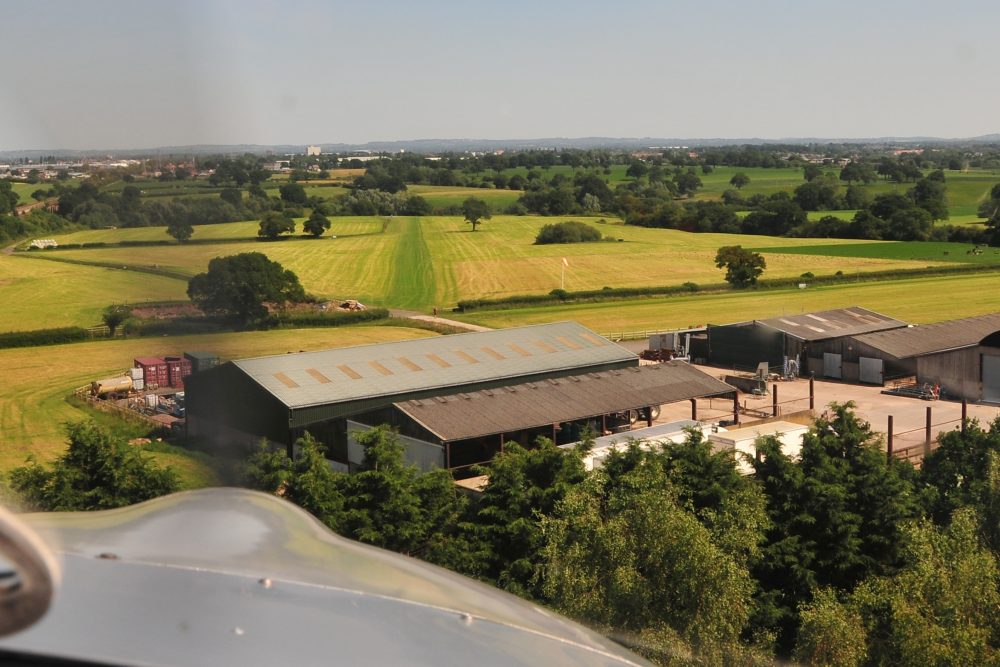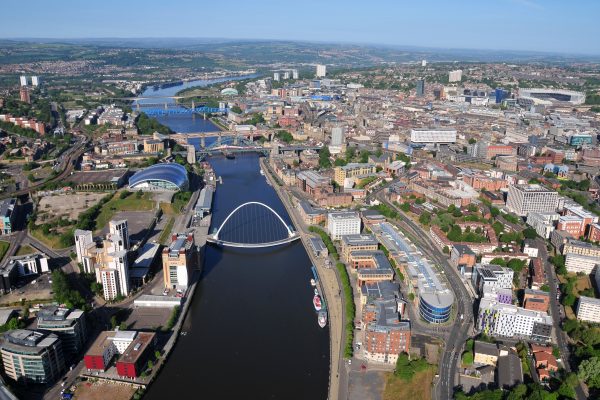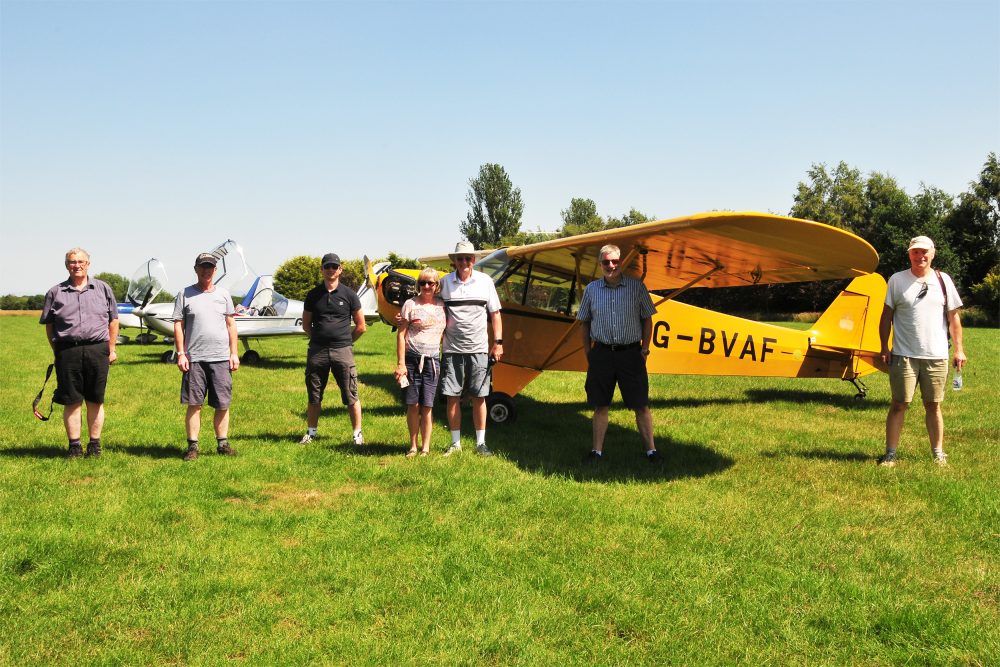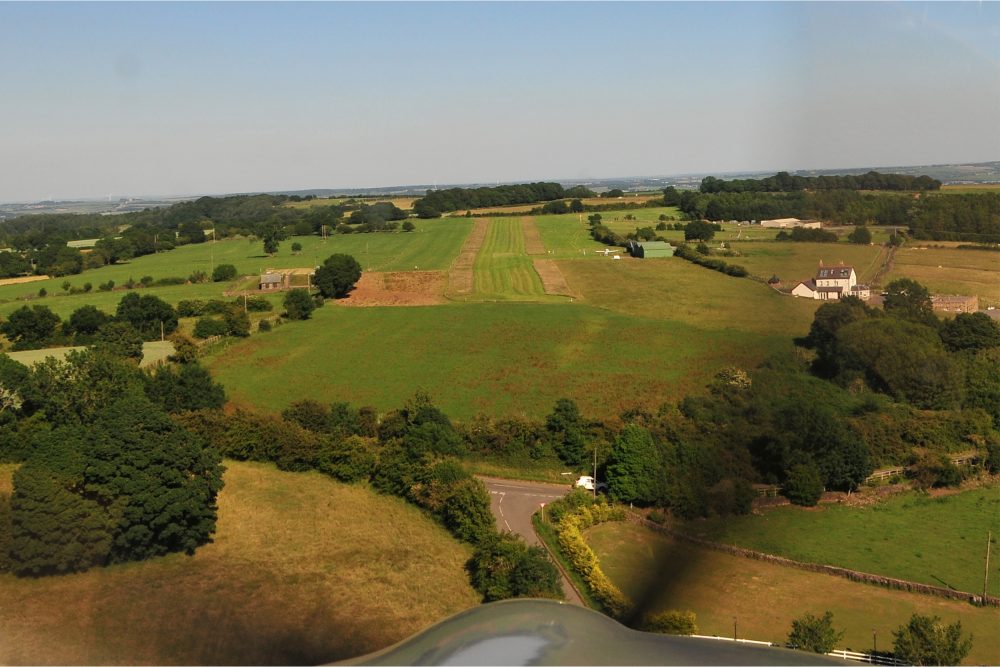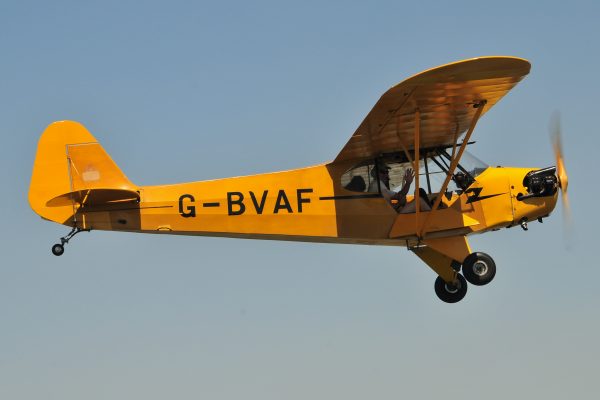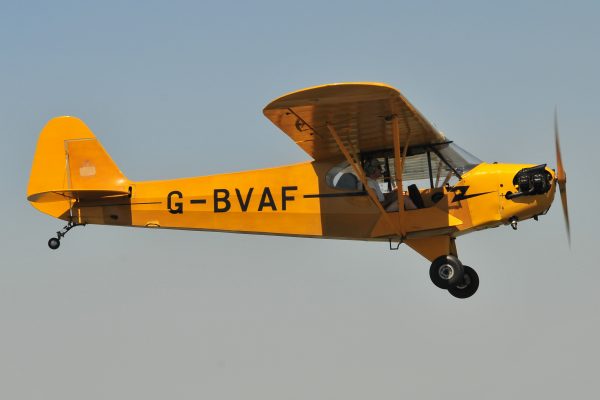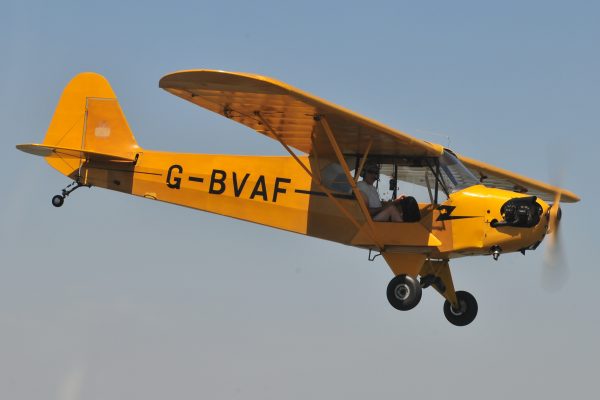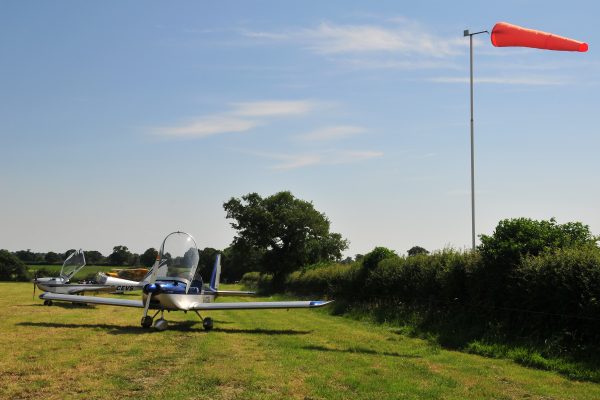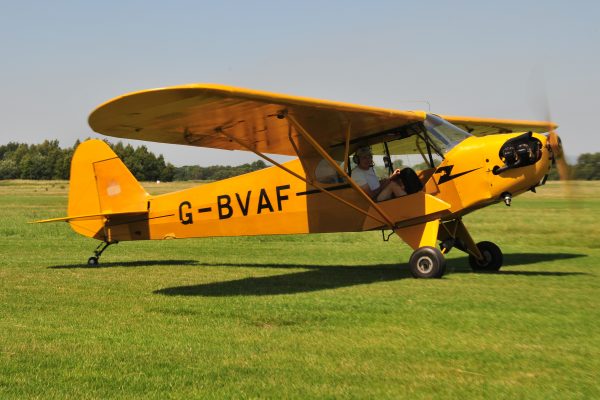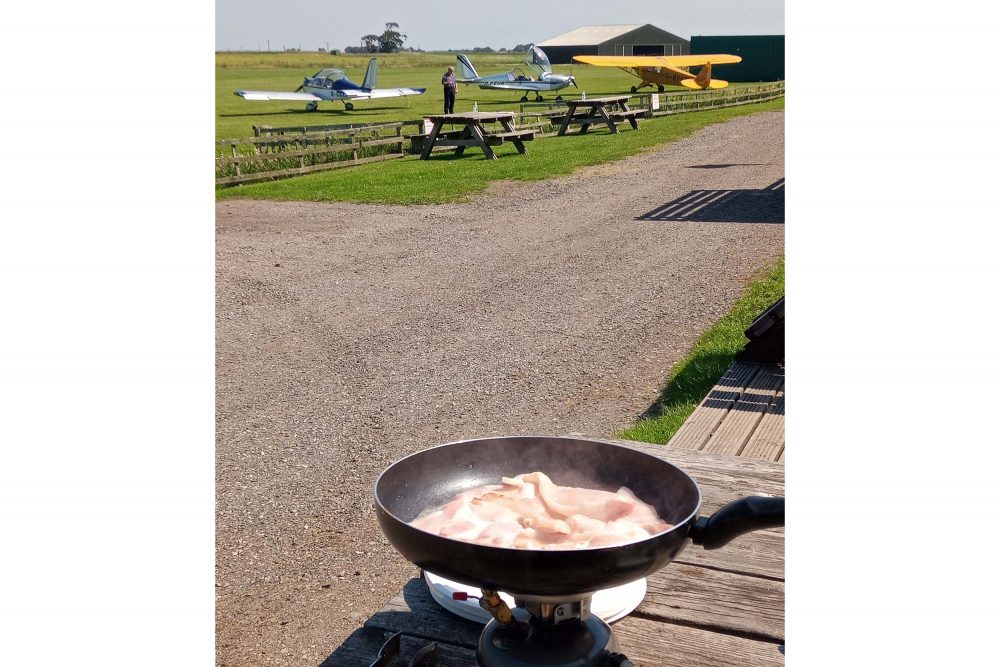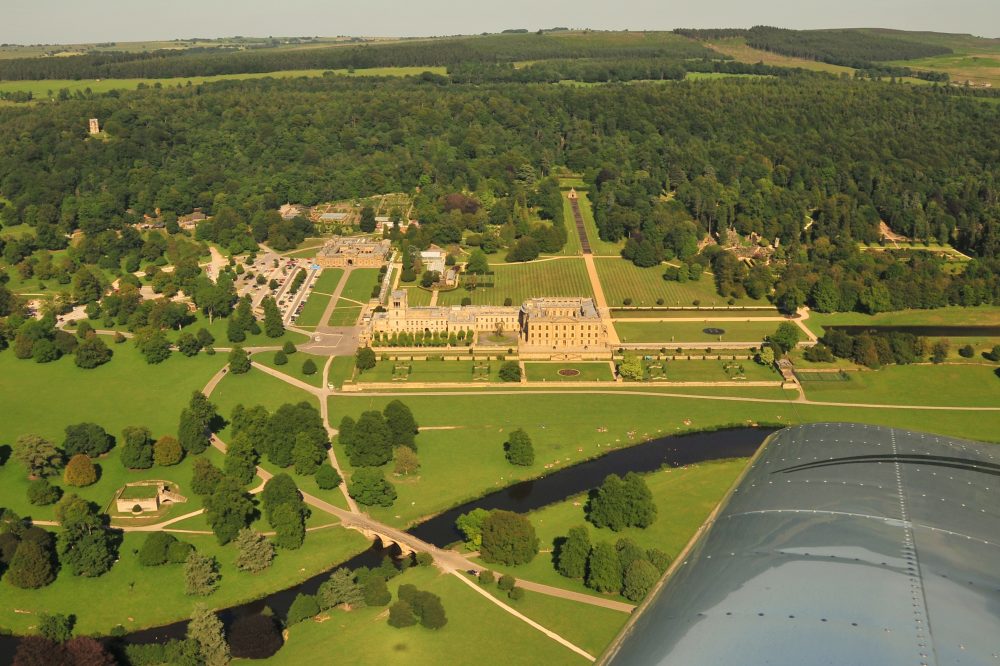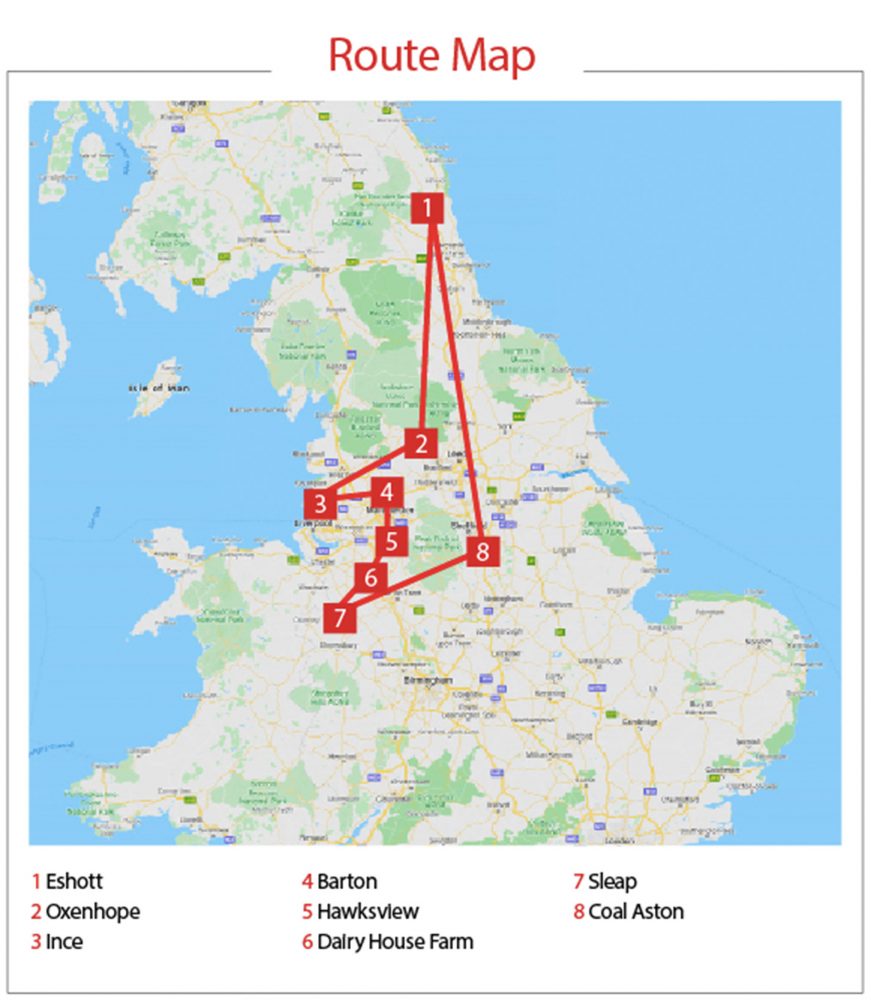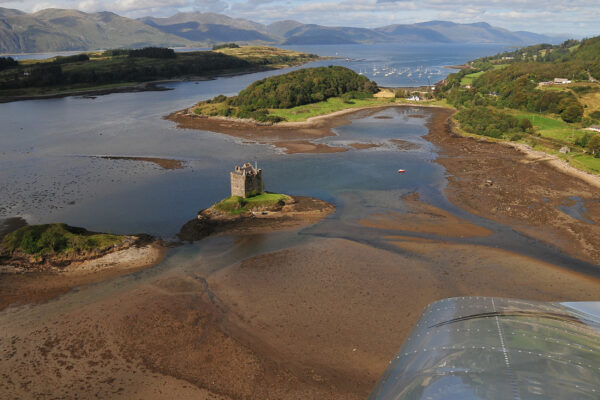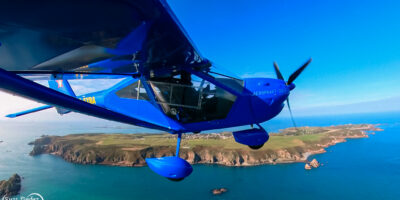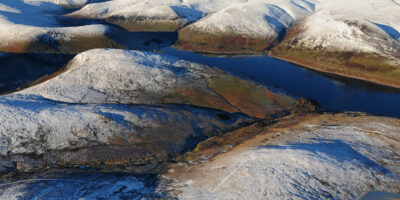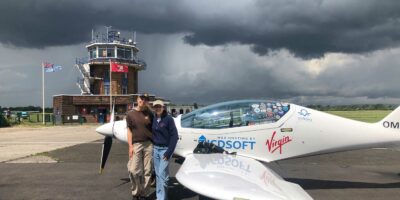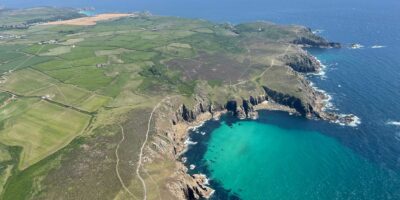Twenty-five years of Cub fun
By Nigel Hitchman
Eighty years ago, on 25 June 1940, Piper J3L-65 Cub s/n 4645 NC28199 rolled off the production line at Lock Haven, Pennsylvania for its first flight. Then on 27 June 1940 it was sold to its first owner John Drescher of Genesee Airport, Buffalo, NY. He paid $1,358, and a few days later he sold it to Beacon Flying services, which he also owned, for $1,371 – a $13 profit! I guess not bad for a day’s work in 1940.
Between 1940 and 1986 the Cub was owned and operated by various people in the US North East, including the Defence Plant Corp from 1943-1945, and was used in the Civilian Pilot training scheme. It features on the cover and in the book Mr Piper and his Cubs by Devon Francis, although he was never a registered owner. In 1986 it was exported to Belgium, as OO-UBU, but although assembled it never flew as such, due to problems with the Belgian CAA. It was bought by Ron Souch and crucially registered as a PFA project in 1992, before the CAA changed its mind about imported vintage aircraft going on a PFA permit. Sold to Roger Breckell, he had it restored by Clive Repik in Devon and it was flying again in June 1994.
Then, 25 years ago on 26 June 1995, I bought the Cub from Roger Breckell at Woodvale and flew it to Barton and then on to Cranfield where the PFA Rally was just setting up. I’d flown up from Toulouse in Emeraude F-BJVD with Doug Carlile and we flew back together in the Emeraude. I left the Cub at Thruxton for a month before flying it down to Toulouse on an epic trip with Paul Kiddell via the Schaffen-Diest Fly-in in Belgium.
I’ve flown the Cub for around 750 hours in the past 25 years, coming back from Toulouse to live in the UK shortly after buying it. I took it on another trip to Schaffen-Diest and also an epic trip to the Mull Fly-in, but generally it’s been fun flights to fly-ins, giving rides and local flying.
Soon it will be time to recover and paint the Cub and hopefully that will set me up nicely for another 25 years of fun!



